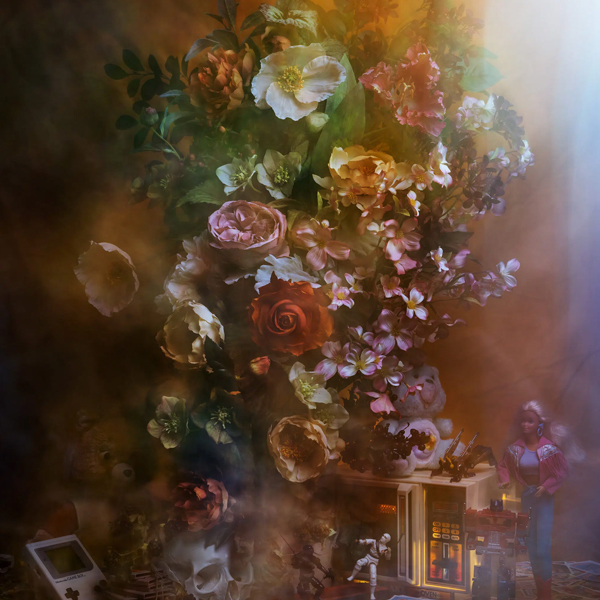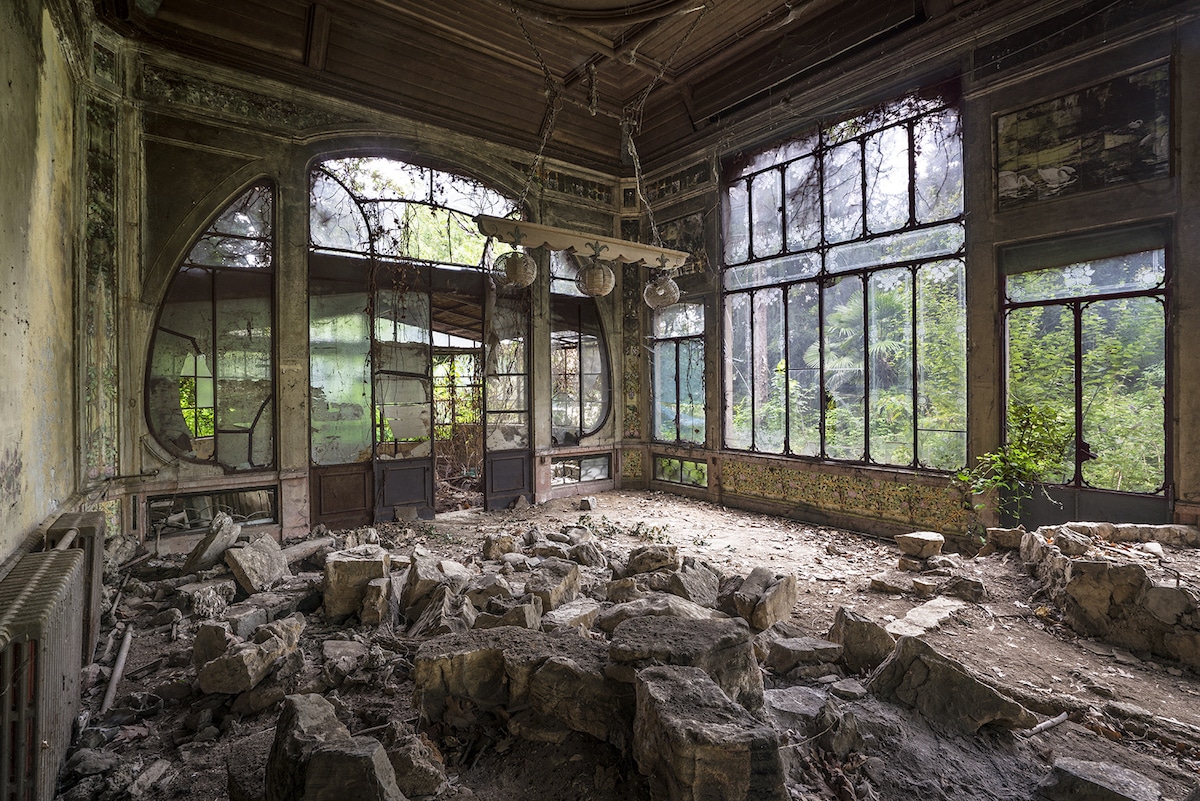
Art nouveau orangery
This post may contain affiliate links. If you make a purchase, My Modern Met may earn an affiliate commission. Please read our disclosure for more info.
Through his artistic photography of abandoned places, Matt Emmett documents the frail beauty of once lived in spaces. Forgotten Heritage is his incredible photographic archive, which spans over 5 years of seeking out and photographing places that have been forgotten in time. Thanks to Emmett, that which is abandoned becomes art.
The adventurous photographer, who was named “Arcaid Architectural Photographer of the Year” in 2016, has seen his work featured in Architectural Digest, among other publications. Traveling throughout Europe to find deserted locations, his photography examines the spirit of each architectural ghost in detail.
Published in 2016, his book Forgotten Heritage brings together some of his favorite locations and the stories behind them. From abandoned mines to crumbling villas, Emmett's work has made him one of the leading photographers in the genre. Recently, we had a chance to ask him a bit about his work, what inspired him about abandoned places, and what location he'd love to photograph. Read on for our exclusive interview.
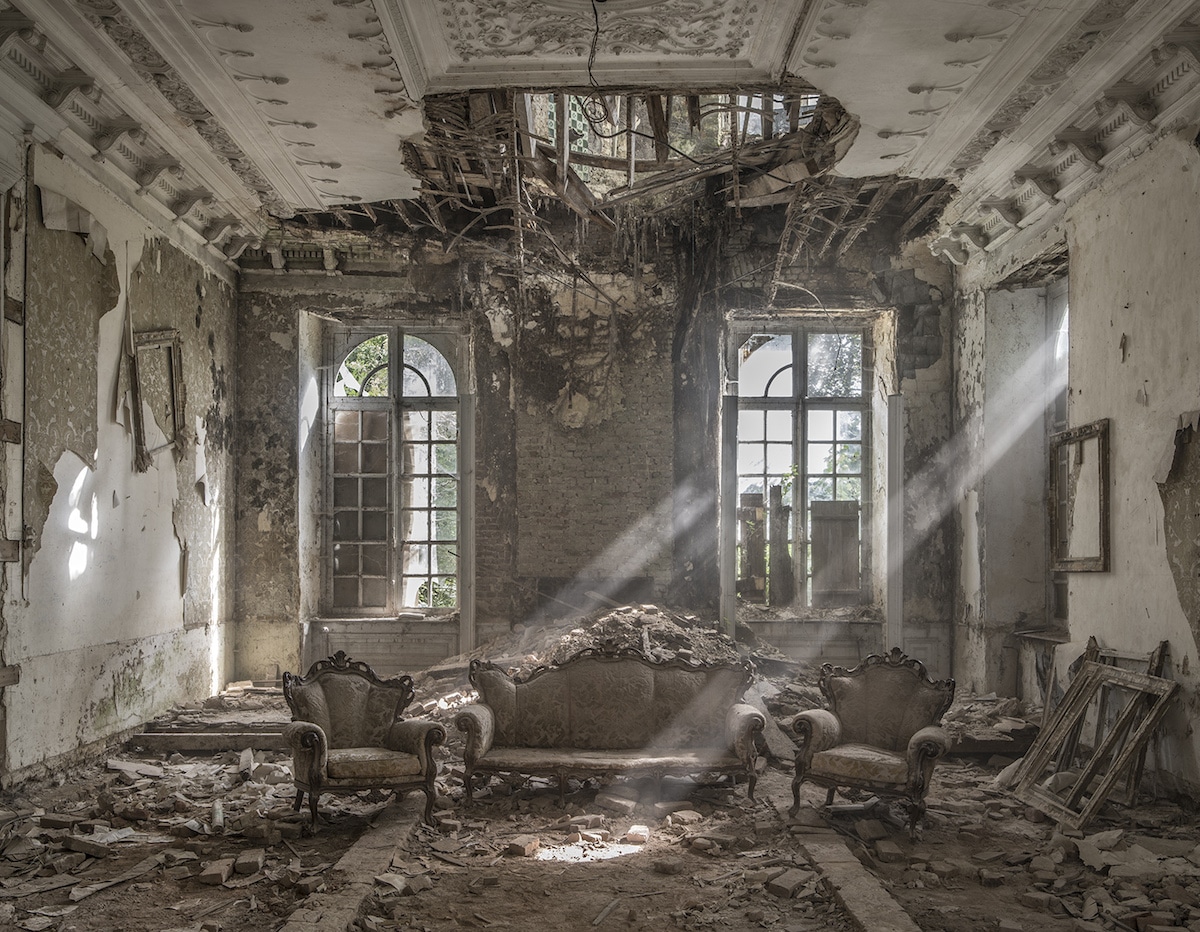
Ruined chateau
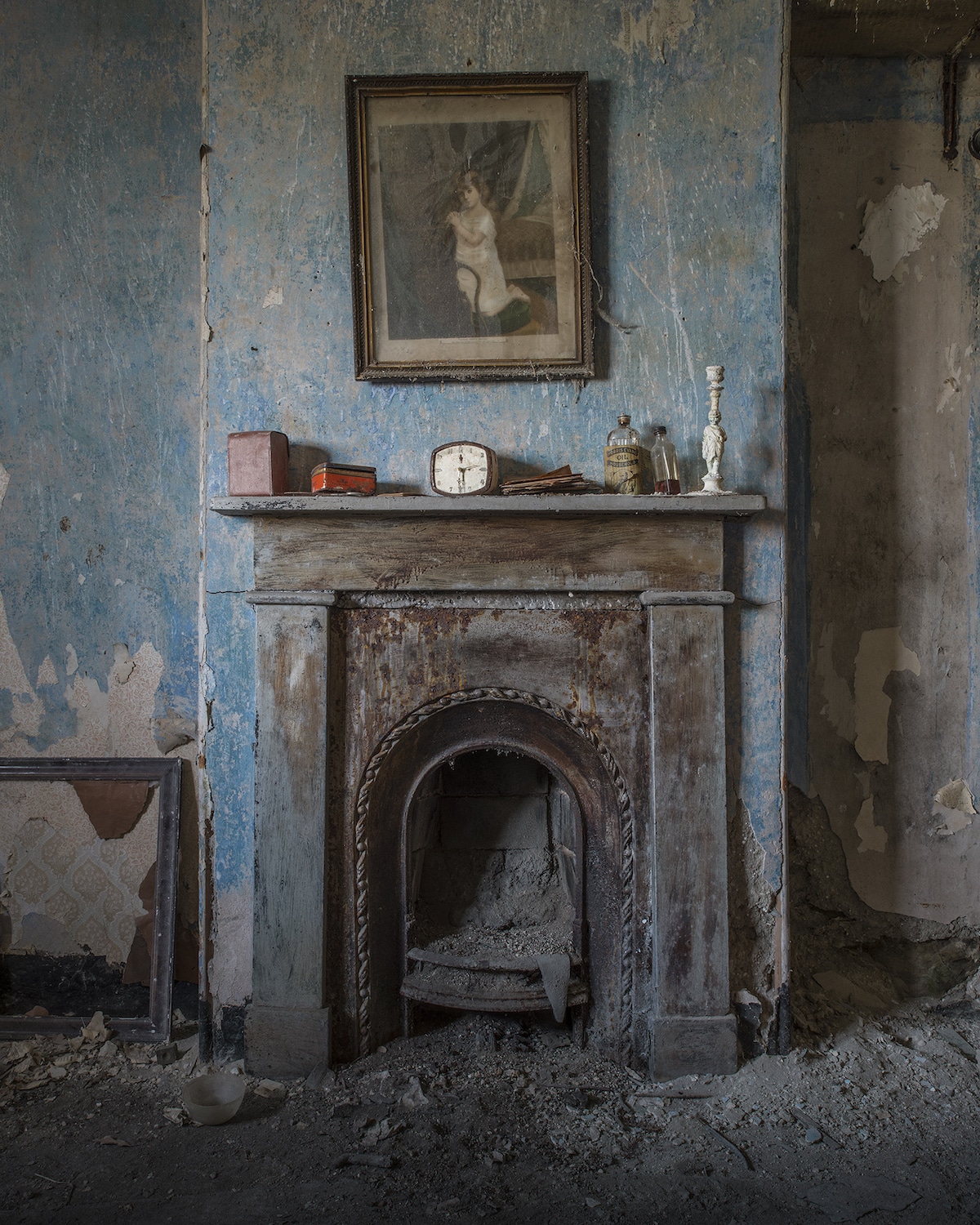
Farm cottage fireplace
What first intrigued you about abandoned spaces and how did this come together with your photography?
My introduction to the abandoned world happened totally by accident! Near the start of 2012, a friend asked me to give him a practical lesson or two on his newly bought DSLR and said that we should go somewhere with a specific focus to practice the skills. It just so happened he picked a long-abandoned industrial location, about half an hour drive from where we lived, for the second lesson.
I was very nervous about going there and entering a place that we were not supposed to be, but after looking online at the imagery of other photographers who had already been inside, I felt compelled to at least give it a try. So that is how I found myself at 6 am in early February with my heart pounding at the fence line of an ex-jet engine testing establishment.
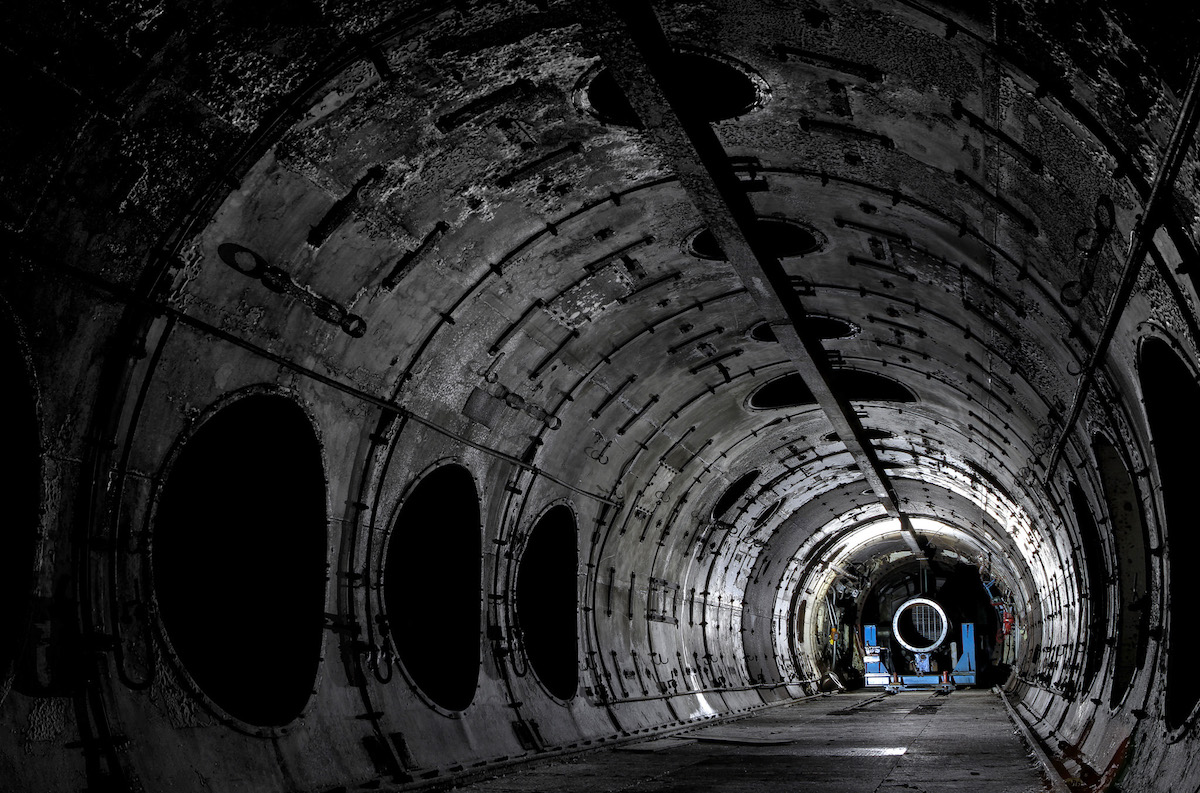
Jet engine testing establishment
What was that experience like?
Once inside the huge hanger-like structures, we were confronted by scenes straight out of a science-fiction film; subterranean metallic tunnels where the engines were tested in supersonic airflow, giant turbine halls, and workshops with strange machinery everywhere. It was at this point that my future direction as a photographer was decided. I have been hooked on the buzz of discovering, capturing and bringing fascinating history into peoples homes ever since.
I think the reason I am so addicted to it is down to the fact I am quite an introspective and retrospective person. If you have any kind of interest in history, architecture, industrial processes and generally like taking a look into places that would otherwise be closed off, then this hobby will enrich and fulfill you.
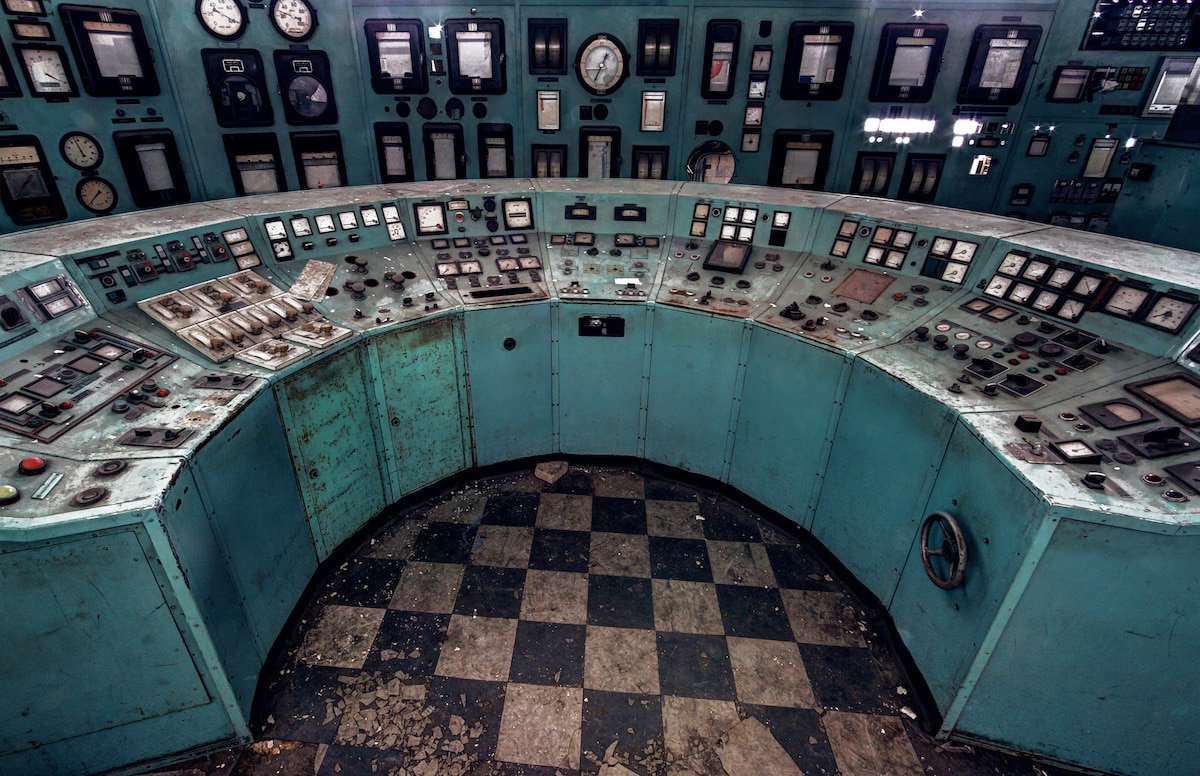
Control desk
Your website is called “Forgotten Heritage,” which is a very deliberate choice in wording. What does heritage mean to you and why do you think it's important to document it?
I chose the name Forgotten Heritage because it perfectly summed up the plight of the amazing places I go to create the images. Initially, the project was simply about enjoying the fun of exploring and the fascination I experienced whilst shooting these places. As the catalog of photographed locations started growing, people would tell me through my social media channels what an important and much-needed service I was fulfilling.
In time, I have come to the realization that preservation through visual documentation is often the only form of conservation that can occur prior to the building being redeveloped or demolished. Putting the images on a website or social media page creates a publicly accessible record of these places. Don't get me wrong, I shoot these places because I love doing it but the byproduct is often something that can be useful to society too.
I have photographed several historically significant places now that have since been demolished with nothing preserved or saved for future generations to enjoy, the photographic record created by a dedicated community are often the only things we have to remember them by.
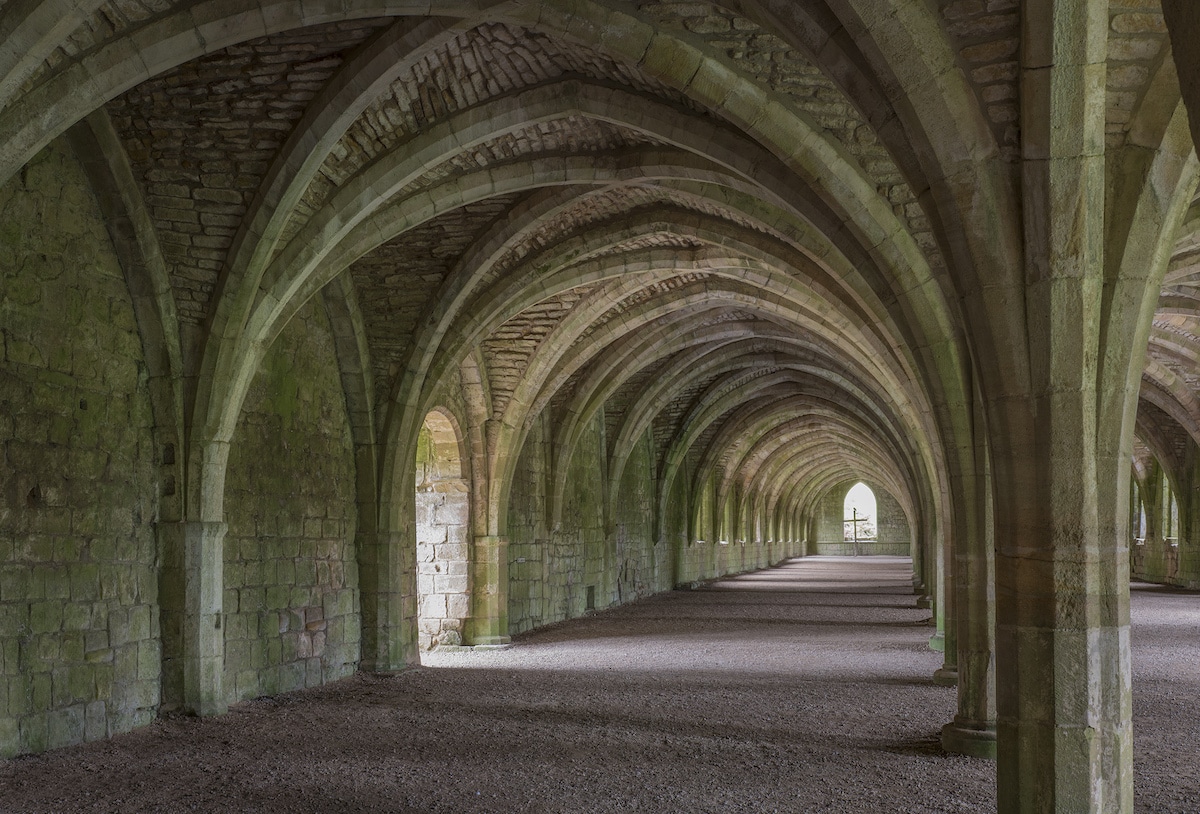
Abbey ruins
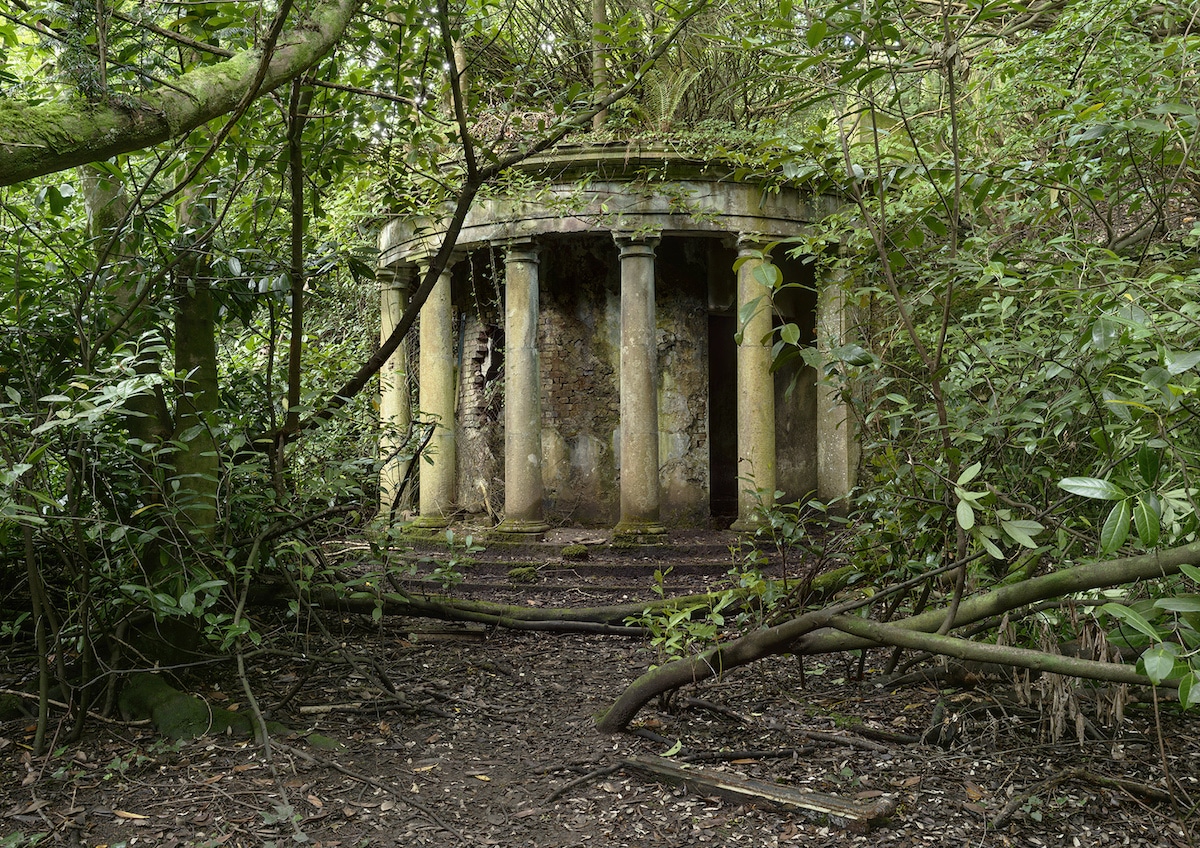
Ruined colonnade
How do you typically find the places you visit?
I would like this answer to be a little more enterprising or exciting but the honest answer is it's mostly info shared by other photographers who have already been to the location or know where it is. Some of the time you can discover places by simply keeping your eyes open as you drive around or by researching specific places on the internet which can yield good results.
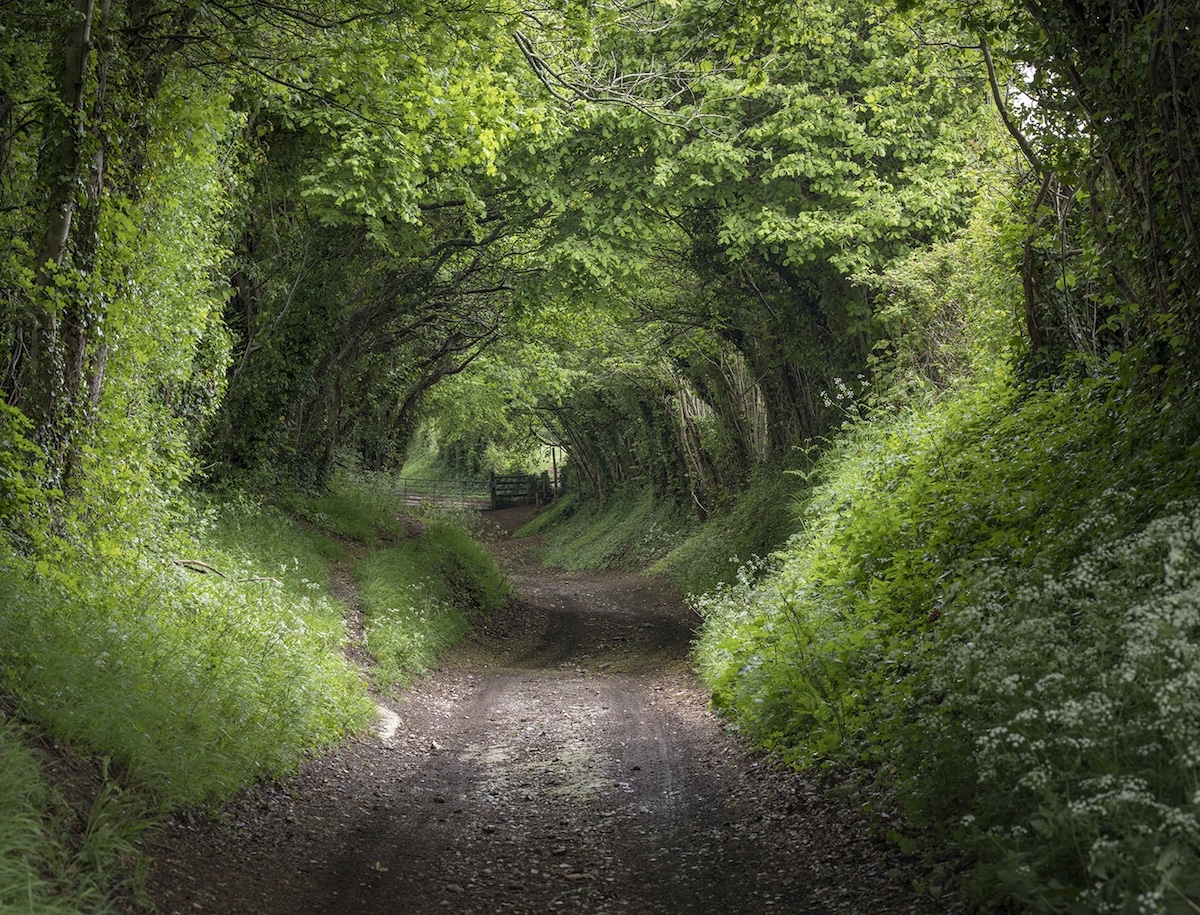
Halnaker Hollway
Can you take us through the sort of preparation you go through when preparing for a shoot?
It's always good to get a feel for the location and its surrounding area before you go—Google Maps and Street View are invaluable tools for this kind of familiarization. Knowing where it's good to park and having an idea of the best direction to approach a location from is also a good idea.
I often look up the location prior to a visit to see how other photographers have photographed it, not to copy the shots but to get a feel for each room and try and find gaps in the photo where I could shoot something in a different way or from a different angle. The obvious “money-shots” are always going to be popular and it's hard not to take them but I think when a location has been photographed a lot, then you need to find ways of showing something new.
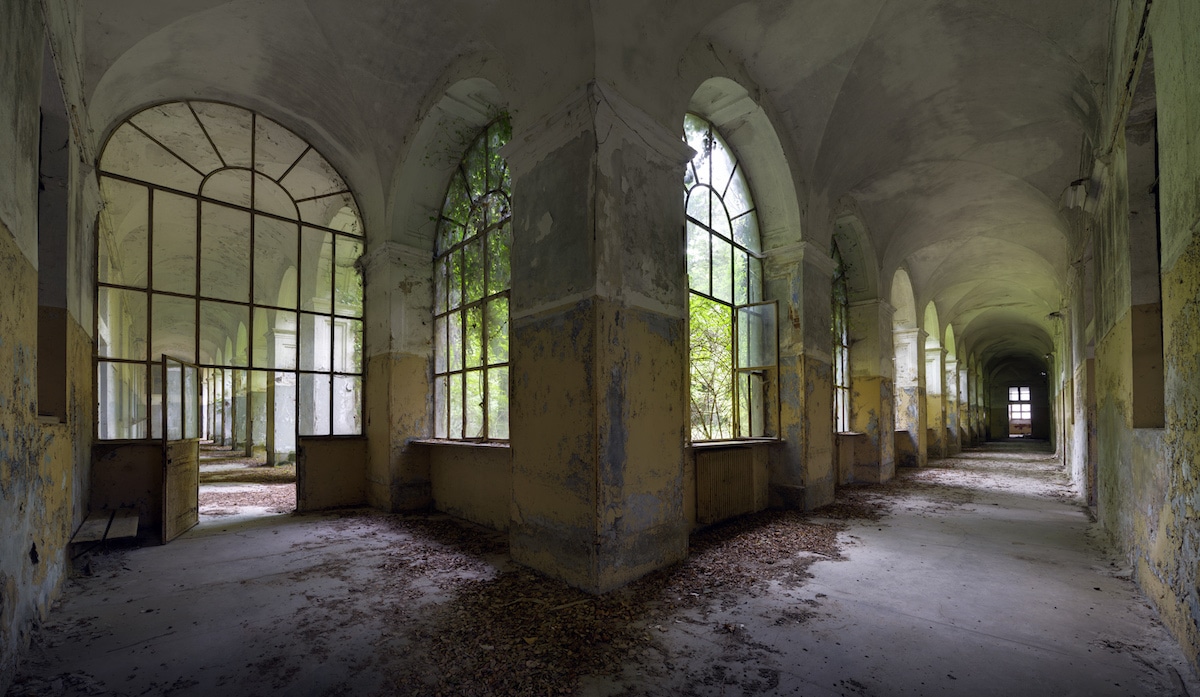
Italian Hospital, Cloisters
What is the most memorable site you've photographed and why?
There are quite a few that I could mention but if I had to narrow it down, it would be a large abandoned psychiatric hospital that closed its doors in the 1980s. It's a large sprawling building that dominates a small and sleepy town just to the south of Turin in Italy.
Inside it is breathtakingly beautiful with crumbling plasterwork, broken tiled floors, shuttered windows that let in a wonderful filtered light and lots of the medical equipment they use to treat the patient still in-situ. Whilst we spent a good five hours inside, the town outside slowly woke up and disconnected sounds of an hourly clanging church bell or a moped drifted in the windows. It had a magical atmosphere and I think that is the reason why these places are so addictive to photograph.

Patient Records, Italian Hospital
From a technical standpoint, what are some of the difficulties of this type of photography?
You are often shooting in dark and gloomy environments that require long exposures and thus a tripod to keep the camera steady. The interiors of abandoned places are often damp and grimy so a camera and lens setup that can keep out water and dust are also considerations. I use Pentax gear and the weather sealing and build quality are great, making it the perfect choice for me. Additional portable lighting often comes in handy, so maybe a torch with a wide spread of light.
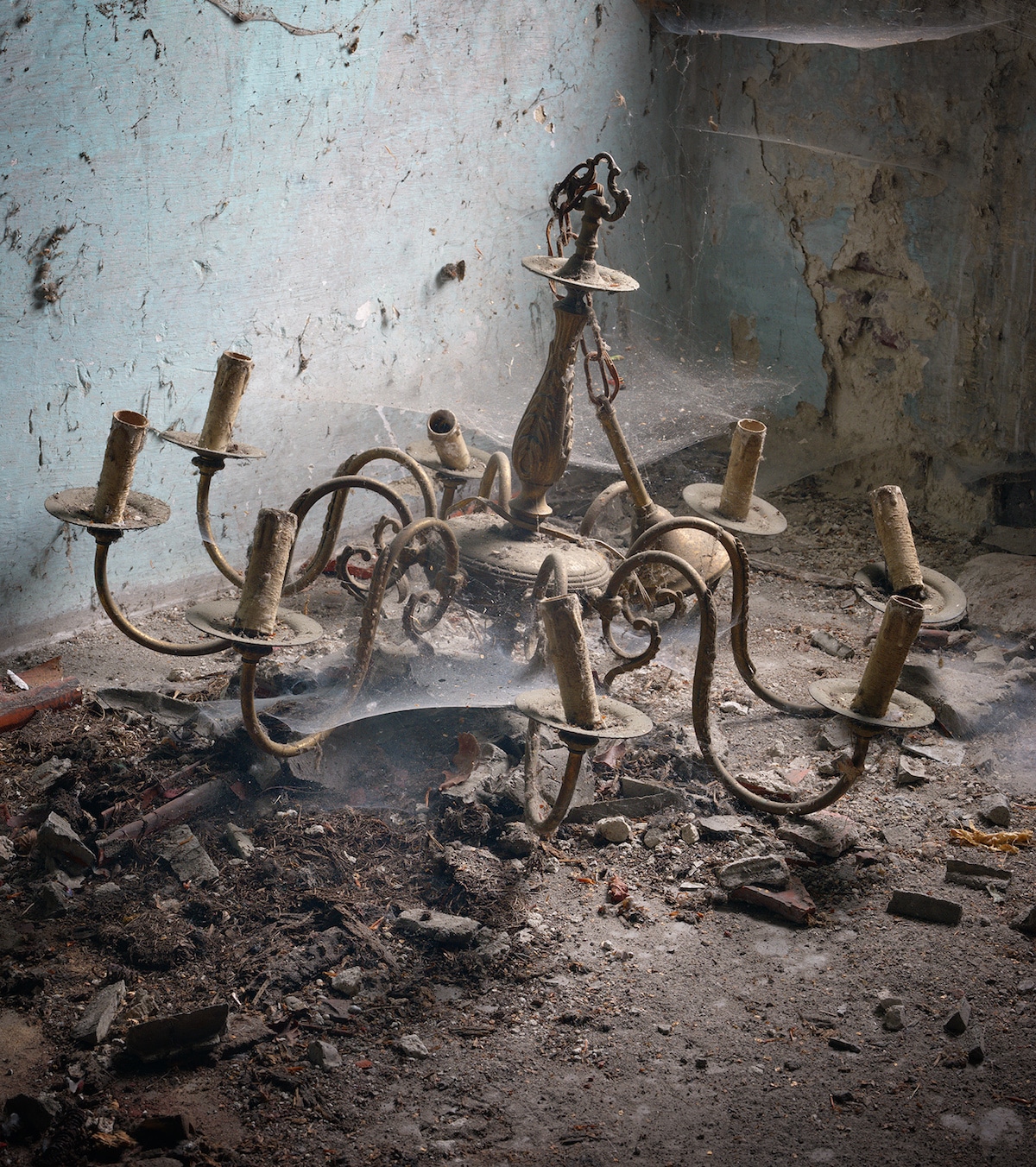
Abandoned attic
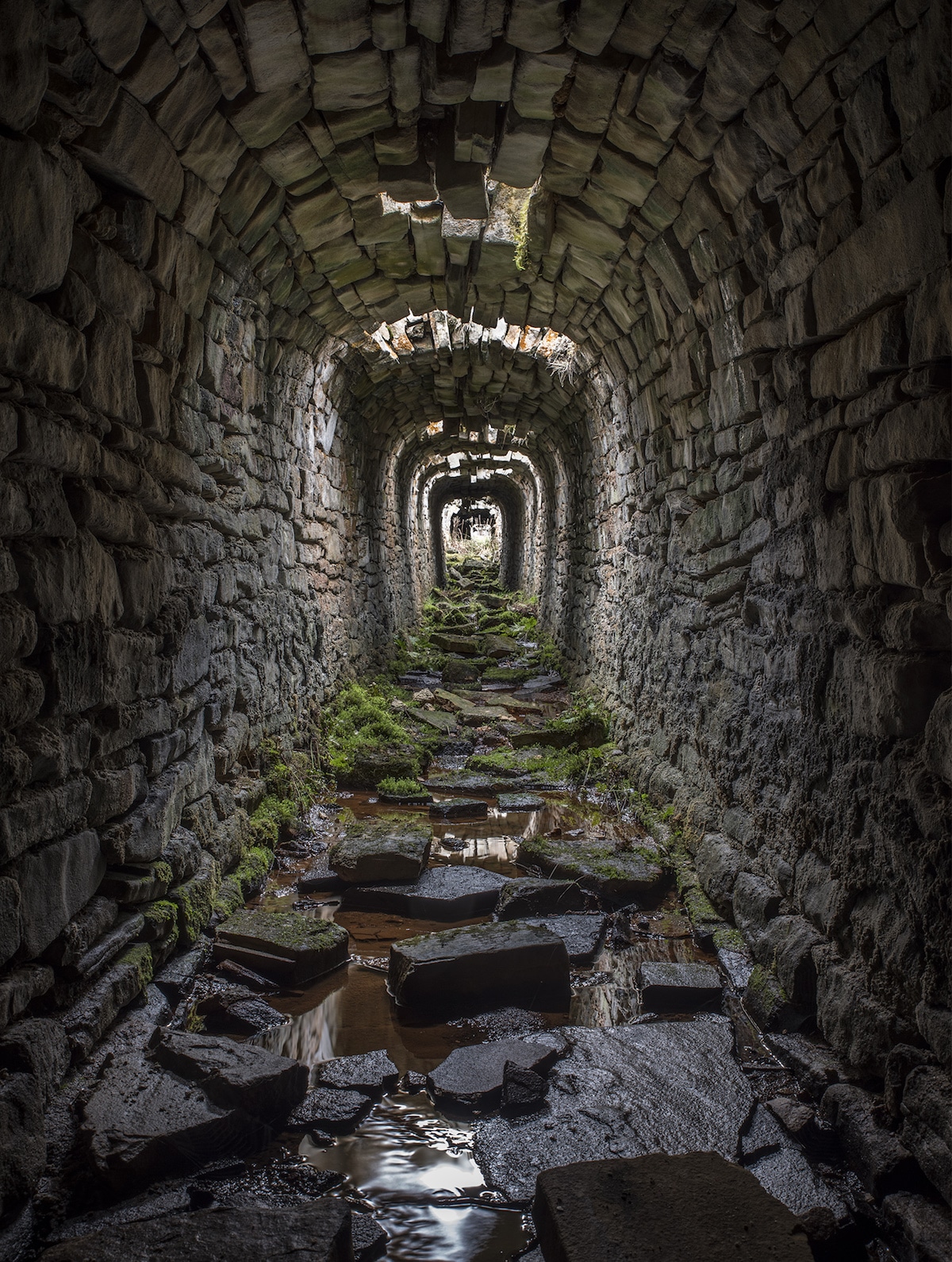
Lead mine
Obviously, I imagine that safety can be an issue with these type of places. What type of precautions do you typically take when entering an abandoned space?
Environmental hazards such as structural weakness, rotting floors, dangerous materials, glass, and nails underfoot are all things you need to be prepared for. The most important thing to go armed with is common sense, if something feels like it could be dangerous then trust your instincts and don't do it.
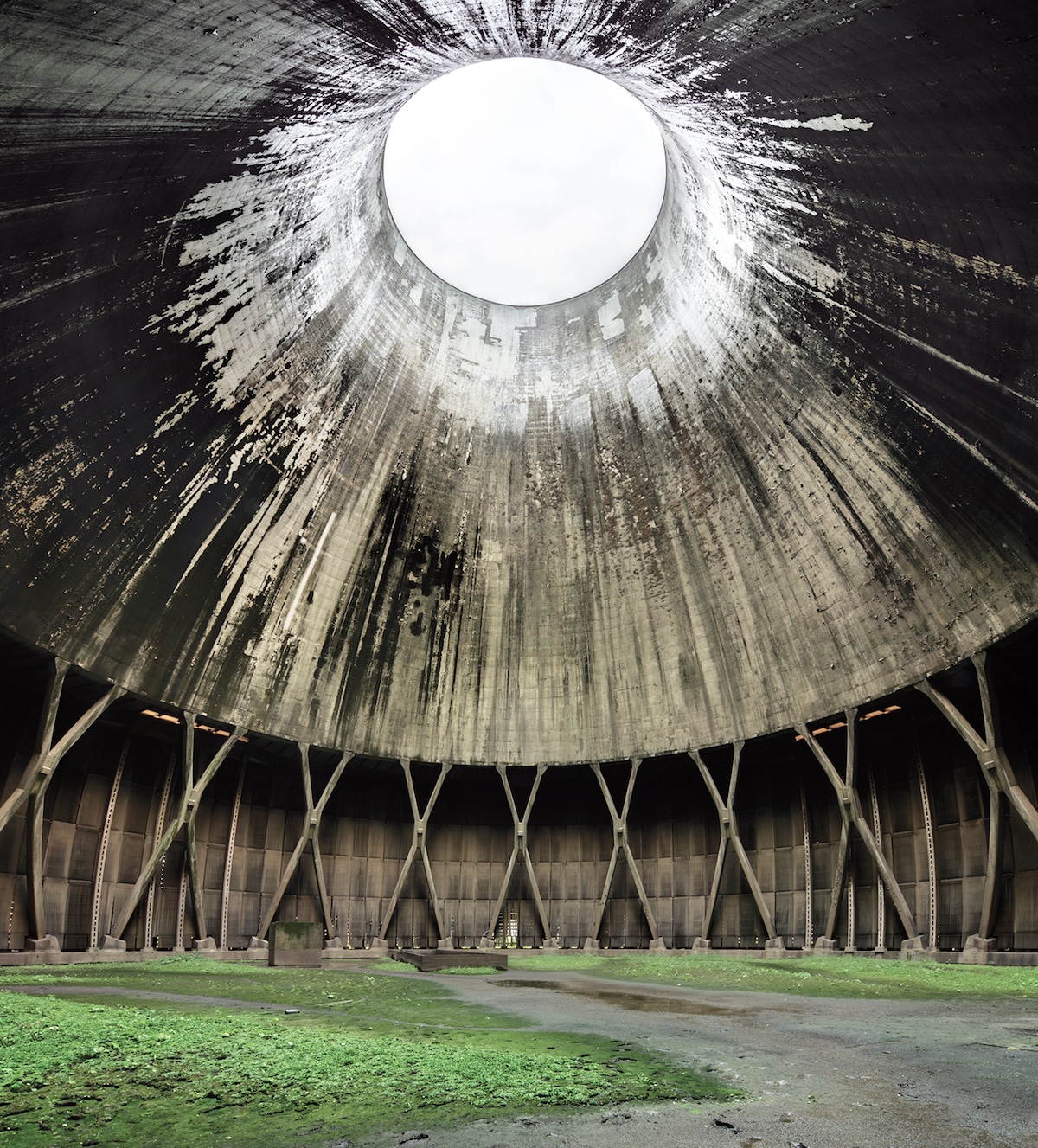
Cooling tower
What advice would you give to anyone looking to begin photographing these types of places?
If you know who to ask then request permission to photograph. Don't do it alone and cause no damage entering or leaving a site—if you are asked to leave, then do so. Don't take anything from the location as a keepsake, basically treat anywhere you go with respect.
Build the beginnings of a portfolio of shots from these kinds of places and then use that to form ties with other photographers. If people can see you have a genuine interest in the subject, they are much more likely to share information with you. Enjoy it, it's a fascinating photo genre that will teach you lots too.
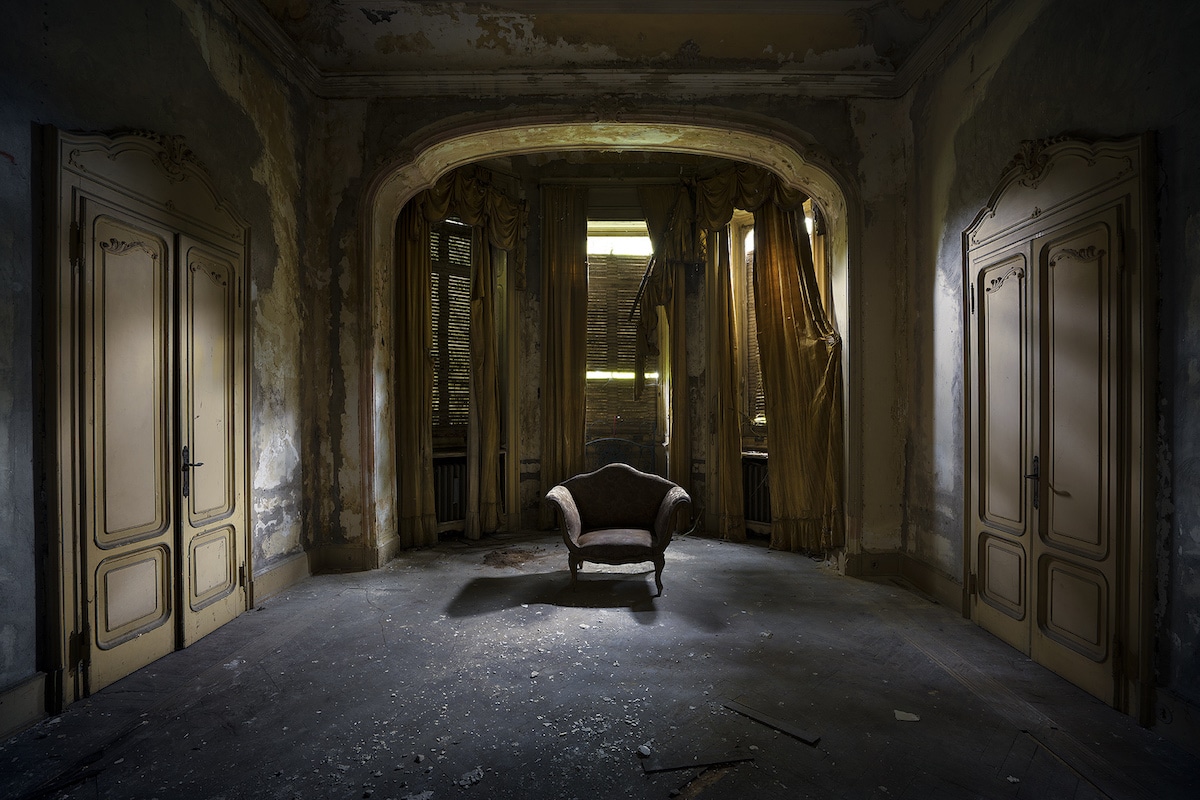
Italian villa
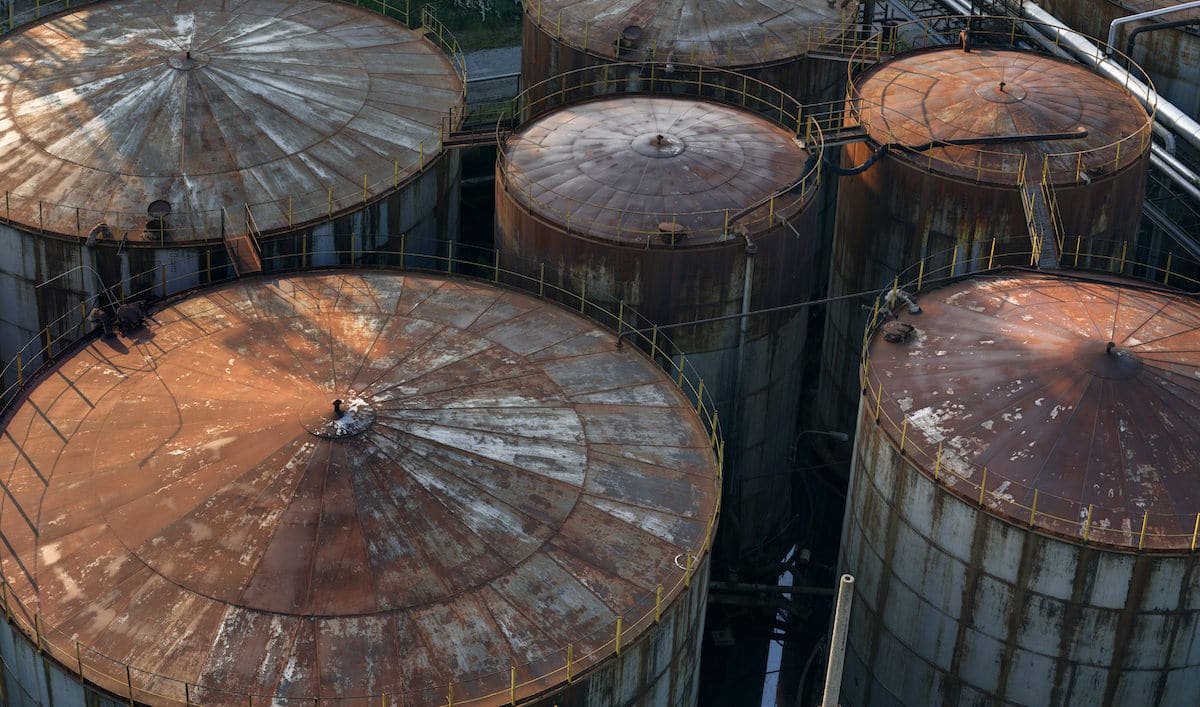
Chemical storage
Is there anywhere you have on your list to visit, but haven't gotten the chance yet? What intrigues you about it?
There are a series of Titan 1 ICBM nuclear launch sites dotted around various US states. The kind of nuclear launch site where a hatch would swing open in the ground and a large missile rises on a column of smoke out of a subterranean silo. The bunkers contain living areas, control rooms, radar tracking stations, mini power plants, and the large missile launch tubes.
They have not been operational since 1965, the interiors are pitch black and full of nasty chemicals and hazardous materials. Shooting inside them requires portable lighting and specialist safety equipment, but the images they provide are like a scene straight out of hell, totally unique and something quite fascinating and terrifying to behold. The kind of unusual place I love to photograph!
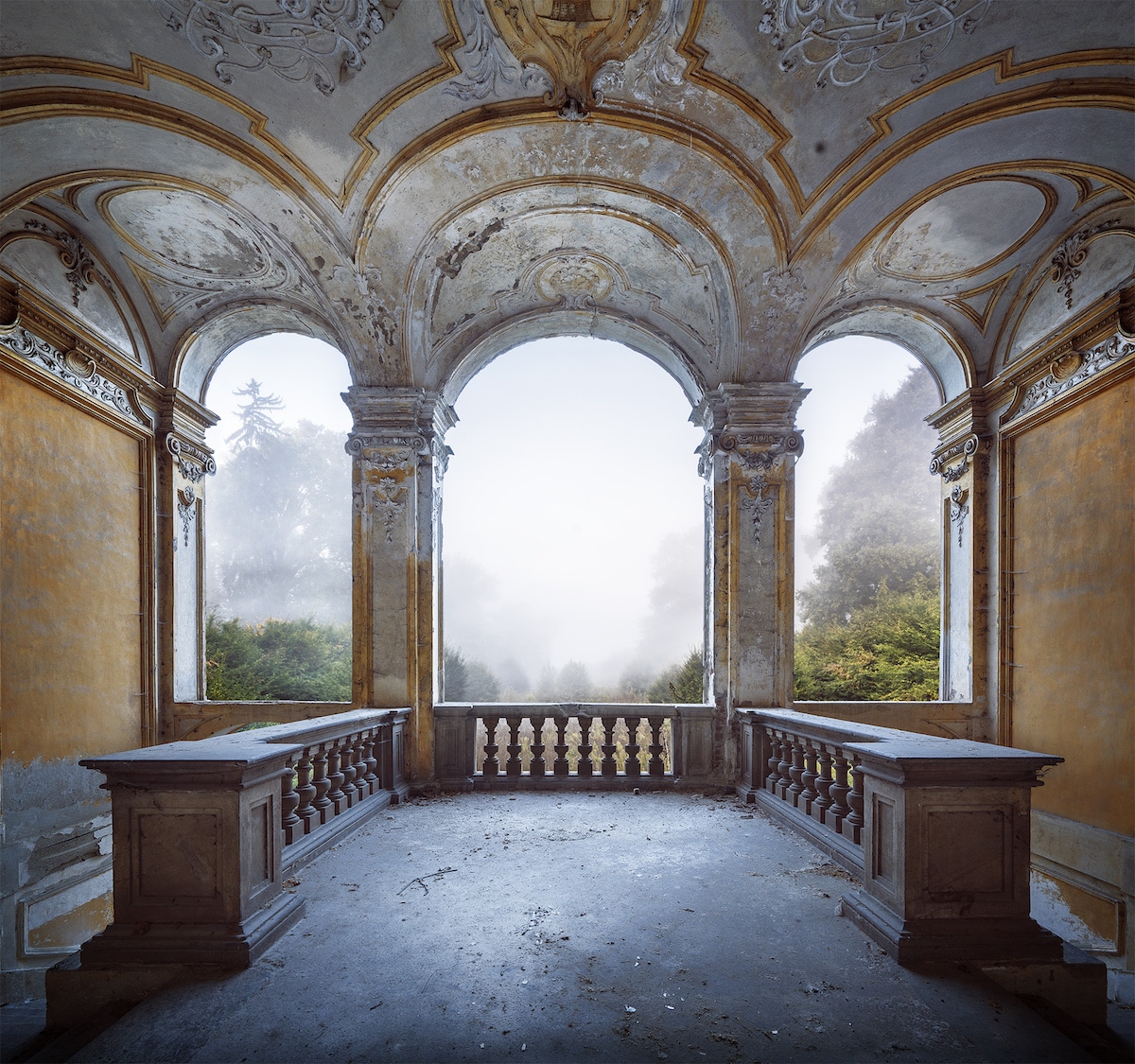
Villa R
What do you hope people take away from your work?
That our historic built environment is special and needs preserving. With land on which we can build becoming a much more precious commodity, it's important to properly document a site before it is gone for good. Not every building out there can be restored and preserved but certainly, there are many once important locations that are bulldozed to make way for new developments. The more ways we cut ties with the past the more we diminish our future. Even if the only way we preserve the memory of a building is through images then that is worth something.
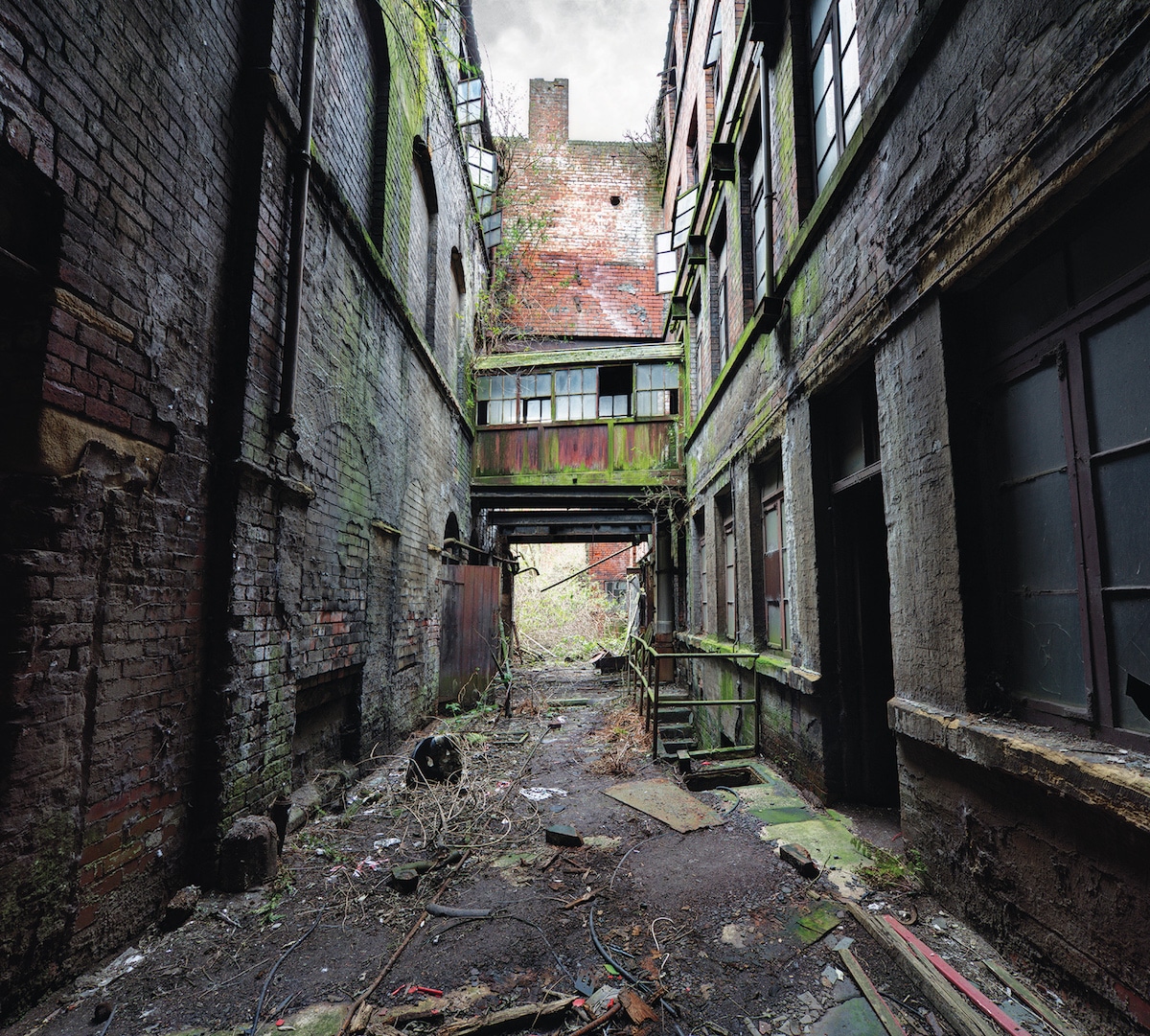
Tool makers factory
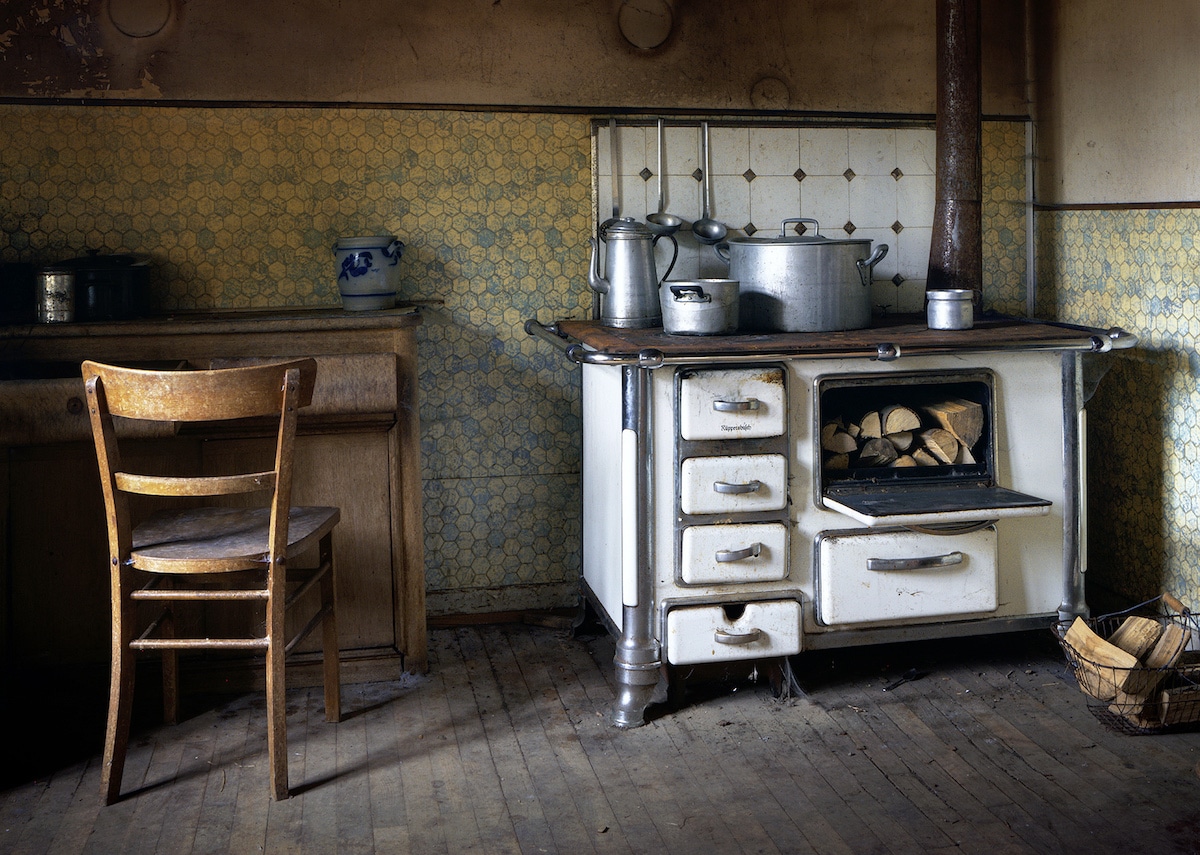
Farm kitchen
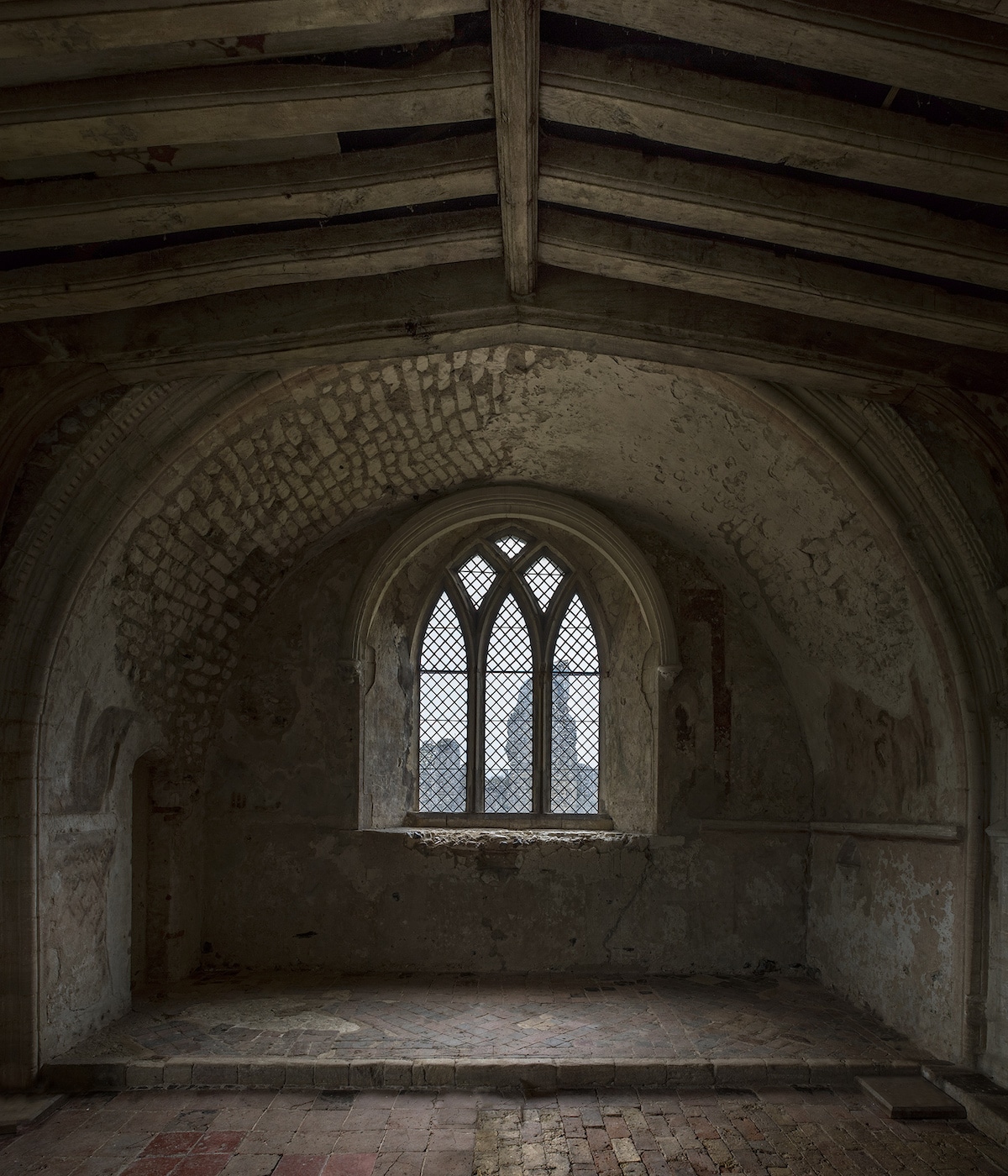
Castle Acre Priory chapel
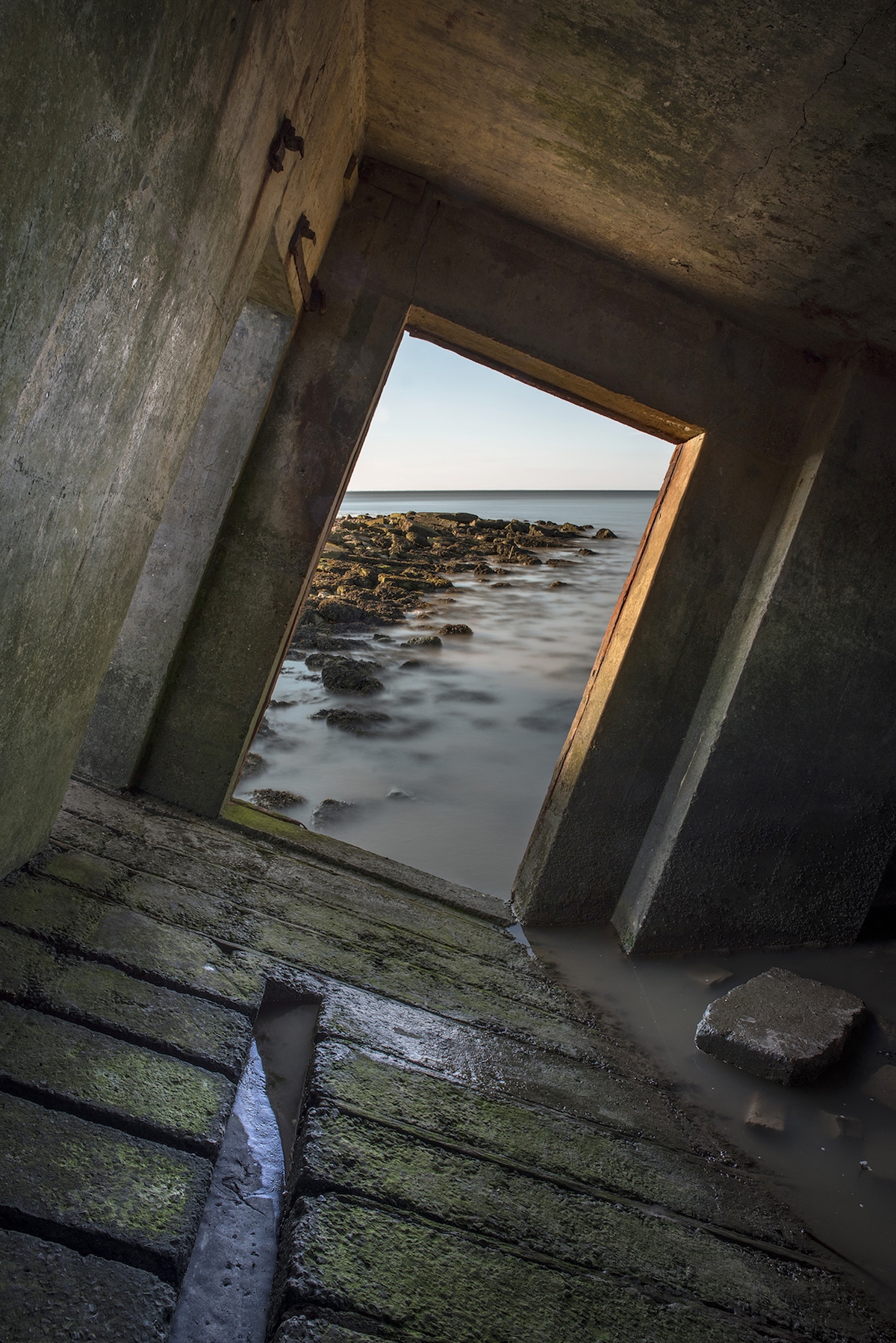
Sunken bunker interior












































































